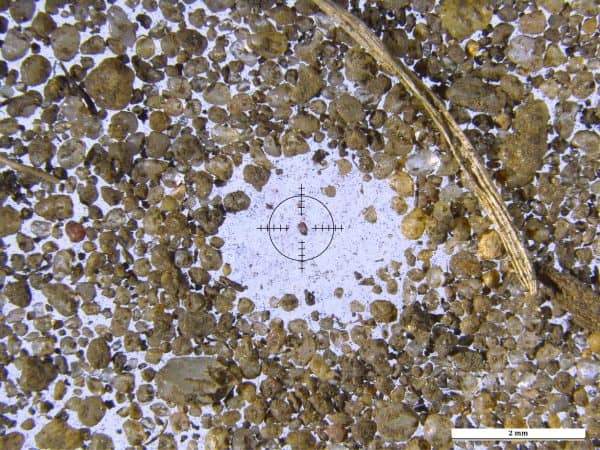Striga hermonthica infestation is a growing pandemic threatening global food security. It produces countless dust-like seeds that are persistent in soil. Recently we published an article on the detection and quantification of Striga seedbank in agricultural soil, in the Journal of Weed Research. The high-throughput method we developed combines the traditional flotation method with qPCR-based quantification. It was tested both on artificially contaminated soils and naturally Striga-infested soils collected from a trajectory of 1500 km in Ethiopia, one of the epicenters
of Striga infestation in Africa. We were able to detect as little as one Striga seed per 150 g of soil and mapped the geo-spatial distribution of Striga seed bank in the Ethiopia sorghum belt. About 75% of the fields analysed showed infestation with Striga seeds, with significant variation in seed bank density across different regions. The method can further be used to generate a global Striga seedbank map to provide policy makers with solid data about the extent of the problem. Furthermore, the method can be adopted to assess the effectiveness of different Striga seed bank depleting strategies, either chemical or microbiological in nature. Members can find further information in the article DOI: 10.1111/wew.12535.
